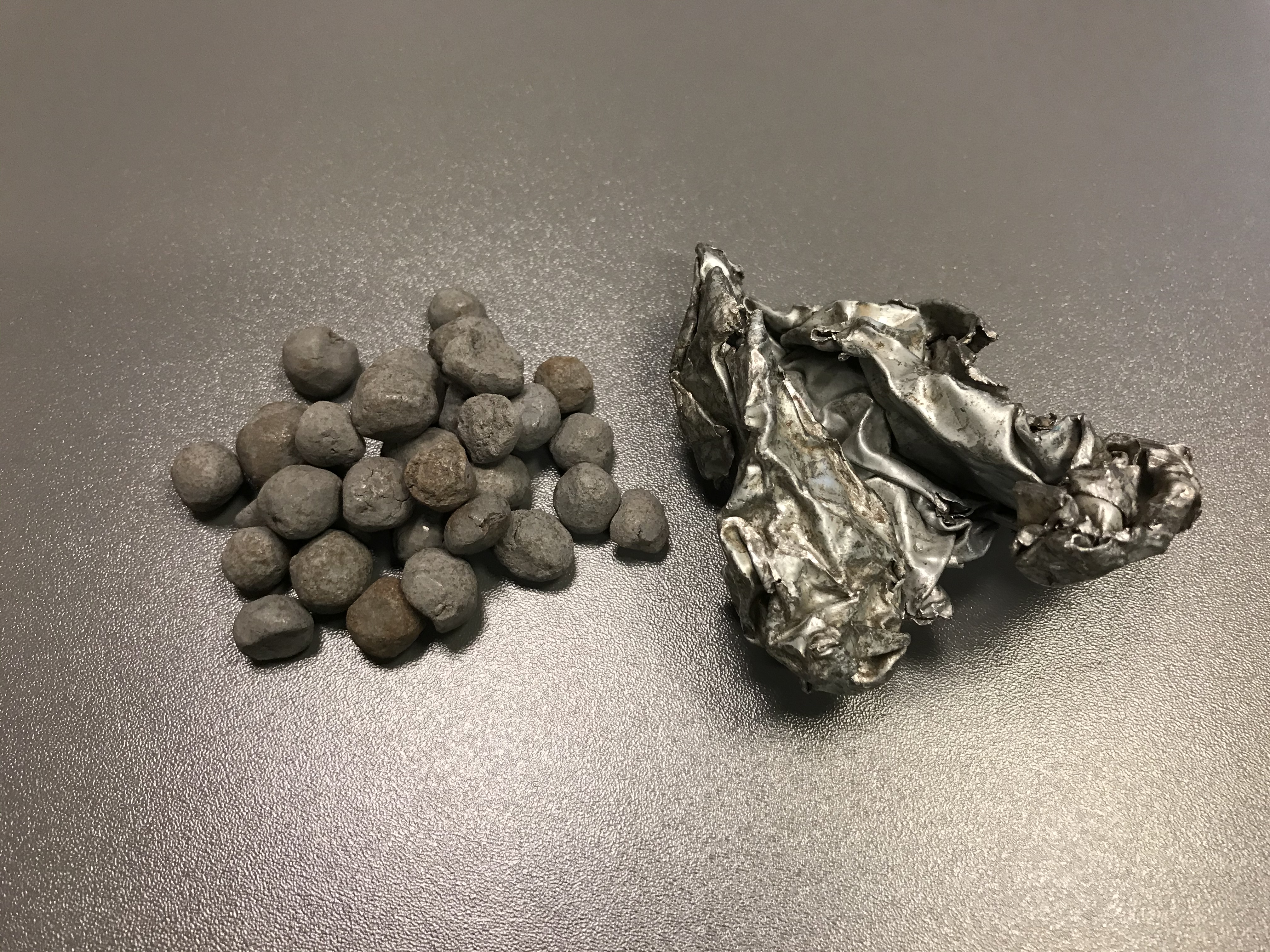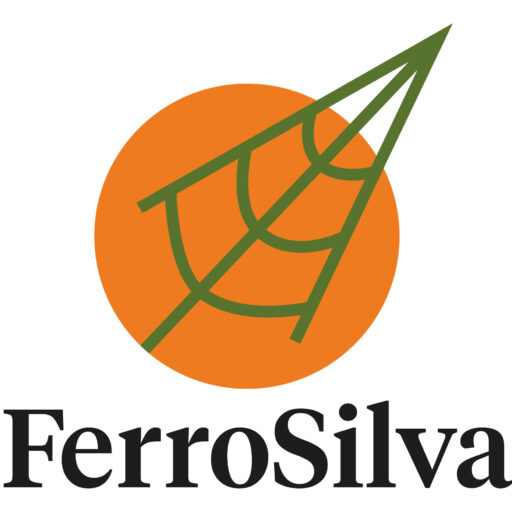Business idea: an industrial concept in three steps

Utilising the chemical properties of biomass
to create a fossil-free iron raw material
Europe is investing considerable resources in transforming society to reduce greenhouse gas emissions. Biomass with very low climate impact, originating from forestry and agriculture, can be used for the production of biogas, biofuels, heat and electricity.
Biogas and biofuels generally have a higher added value than heat and electricity and can therefore offer higher returns for forestry and agriculture, as well as making larger amounts of biomass profitable to utilise.
Biogas in the form of synthetic gas or ’syngas’, which is mainly a mixture of carbon monoxide and hydrogen, has the same composition and chemical properties as the reformed (fossil) natural gas used in the current production of sponge iron in shaft furnaces.

Sponge iron replaces clean scrap
Now that more and more companies are shutting down their blast furnaces to reduce their high carbon dioxide emissions and switching to scrap-based steel production, there is an imminent risk of a shortage of high-quality scrap.
This is a serious threat to specialised steel mills, which could be averted with locally produced sponge iron, tailored to the mills’ need for high-quality raw materials.
Biogenic carbon dioxide can become a raw material for new products and fuels
Carbon capture and utilisation (CCU) involves capturing carbon dioxide at source, liquefying it and then transporting it to a location where it can be processed into a new product.
Fossil-free carbon dioxide can be combined with hydrogen from fossil-free electricity to become fossil-free methanol, which can be further processed into different materials or become fuels.



